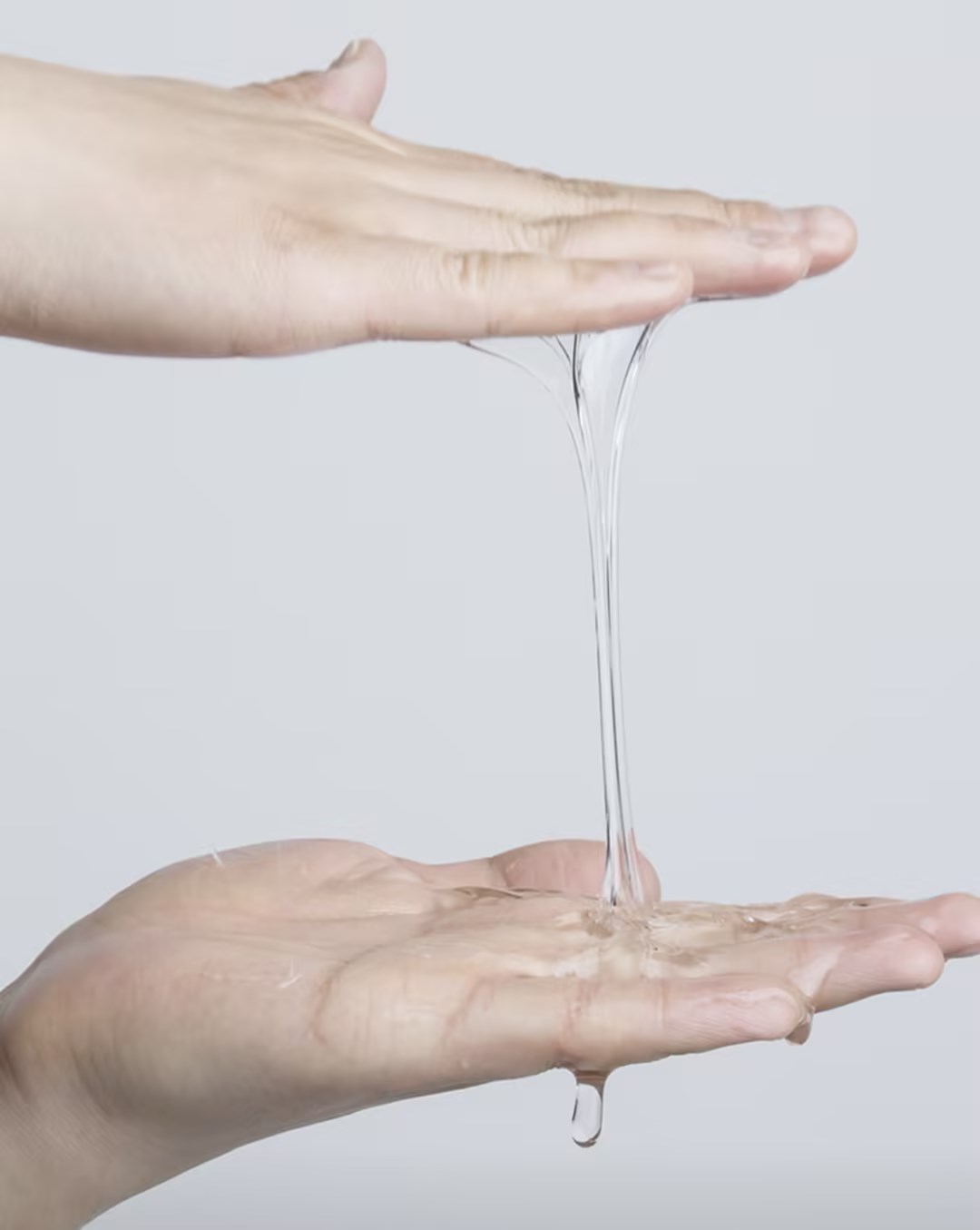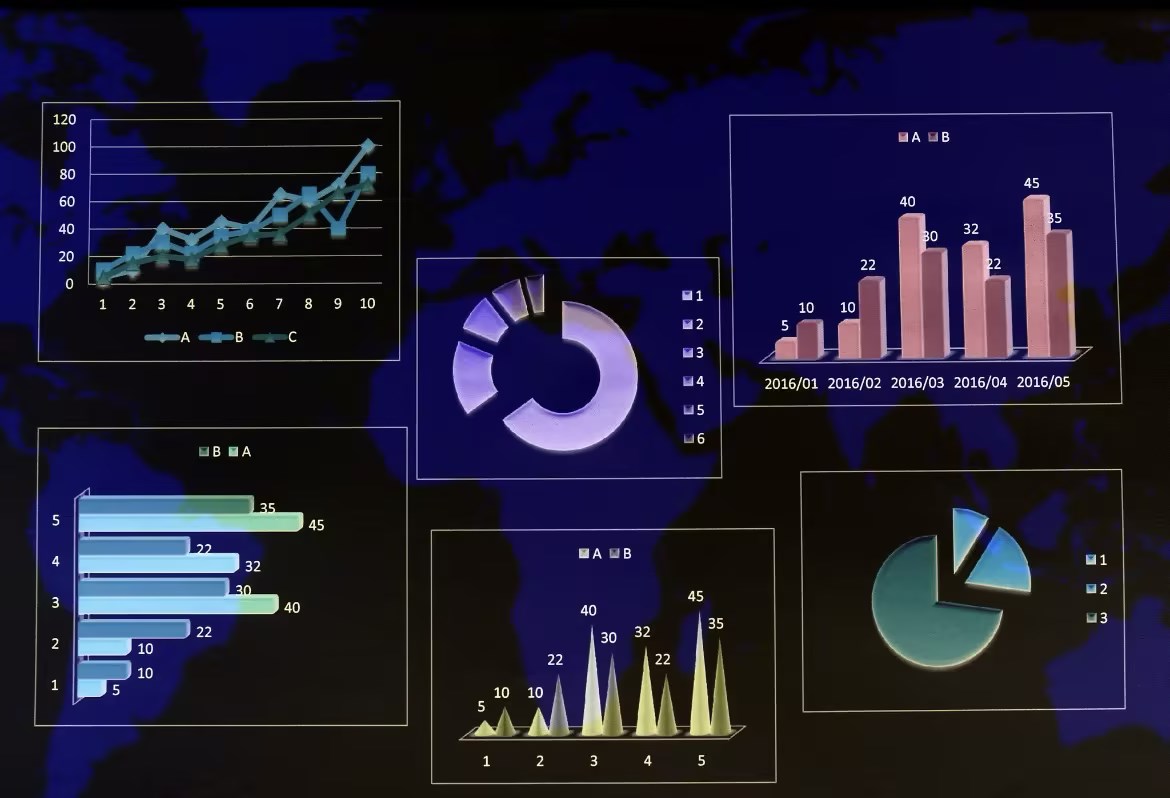Phenyltris (dimethylsiloxane) silane, also known as Phenyltrimethoxysilane (PTMS), is an organic silicon compound with a unique chemical structure and broad application prospects. This article will provide a detailed introduction to the basic properties, synthesis methods, application fields, and future prospects of PTMS.
product link:
https://www.112seo.com/product-phenyl-tris(dimethylsiloxy)silane-my235.html
1、 Basic properties
The molecular formula of PTMS is C12H23O3Si4, with a molecular weight of 327.6512. It usually appears as a colorless or light yellow transparent liquid, with high chemical reactivity and thermal stability. At 25 ℃, its density is 0.88g/mL. In addition, PTMS also has a lower boiling point and a higher flash point, which give it unique advantages in chemical synthesis and material preparation.
In the molecular structure of PTMS, the phenyl group is connected to the methyl group in silane, forming a relatively stable chemical bond. Due to the high π - electron cloud density of phenyl groups, PTMS has a strong attraction to functional groups with strong electrophilicity, resulting in relatively high reactivity. Meanwhile, the three methoxy groups in silane also have high electrophilicity, further enhancing the chemical activity of PTMS.
 2、 Synthesis method
2、 Synthesis method
There are various synthesis methods for PTMS, and a typical synthesis method is to react phenyltrimethoxysilane with tetramethyldihydrodisiloxane and other raw materials under specific conditions. In the specific synthesis process, it is necessary to control factors such as reaction temperature, pressure, and molar ratio of raw materials to obtain high-purity PTMS products. In addition, PTMS can also be synthesized through other chemical methods such as catalytic reactions, addition reactions, etc. The specific method chosen depends on production requirements and raw material sources.
3、 Application Fields
PTMS has wide application value in multiple fields due to its unique chemical properties and structural characteristics.
Materials Science: PTMS can be used as a raw material for the preparation of graft copolymers, polymers, nanomaterials, etc., and its properties can be improved through chemical modification. For example, introducing PTMS into polymers can significantly improve their heat resistance, weather resistance, and mechanical strength.
Chemical Engineering: In chemical engineering, PTMS can be used as a crosslinking agent to prepare polymer materials such as addition molded silicone rubber, phenyl silicone rubber, and phenyl silicone resin. These materials have a wide range of applications in fields such as electronics, electrical engineering, aerospace, etc.
Drug preparation: PTMS also has certain applications in drug preparation. It can be used as one of the raw materials for synthesizing drug molecules, introducing specific functional groups through chemical reactions to alter the biological activity and pharmacological effects of drugs.
Surface modification: PTMS can also be used as a surfactant for surface modification and functionalization of various materials. By changing the chemical properties of the material surface, its compatibility and adhesion with other substances can be improved, thereby expanding the application range of the material.
 4、 Future prospects
4、 Future prospects
With the continuous advancement of science and technology and the increasing demand for high-performance materials, the application fields of PTMS will be further expanded. In the future, more research and exploration will drive the development of PTMS applications in various fields. For example, in the field of new energy, PTMS can be used as a modifier for new battery materials such as lithium-ion batteries and solar cells, improving the performance and stability of batteries; In the biomedical field, PTMS can be used to synthesize biomaterials and biosensors with specific biological activities, providing new means for the diagnosis and treatment of diseases.

In addition, with the increasing awareness of environmental protection and the development of green chemistry, the synthesis method of PTMS will also be more environmentally friendly and efficient. By improving the synthesis process and optimizing reaction conditions, the emission of harmful substances and waste of resources can be reduced, achieving green production and sustainable development of PTMS.
In summary, phenyltris (dimethylsiloxyalkyl) silane, as an organic silicon compound with unique chemical properties and broad application prospects, plays an important role in materials science, chemical engineering, drug preparation and other fields. In the future, with the continuous advancement of science and technology and the increasing demand for high-performance materials, the application prospects of PTMS will be even broader.


